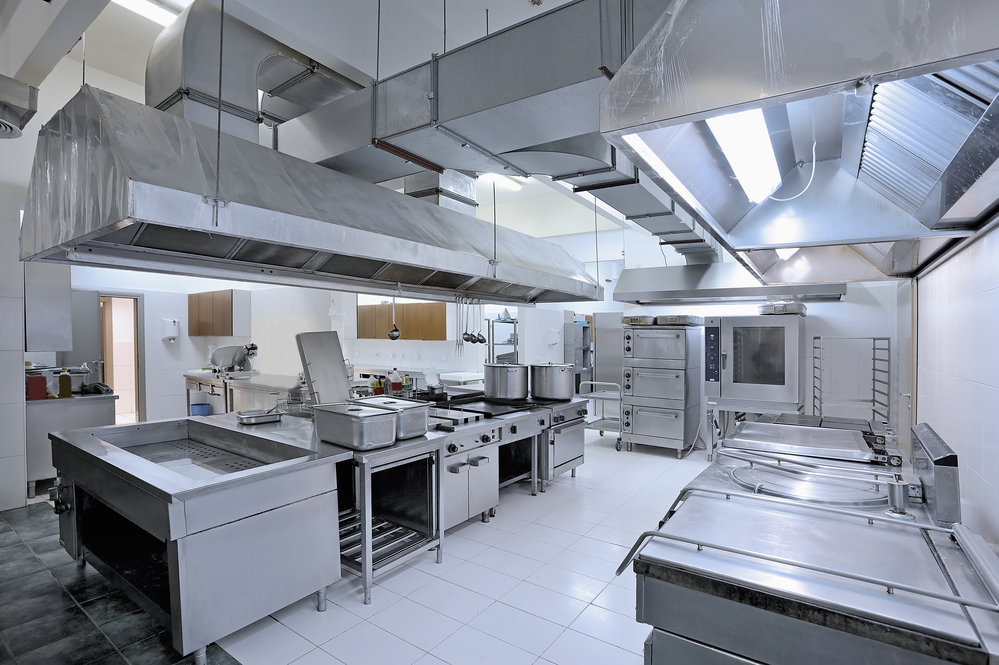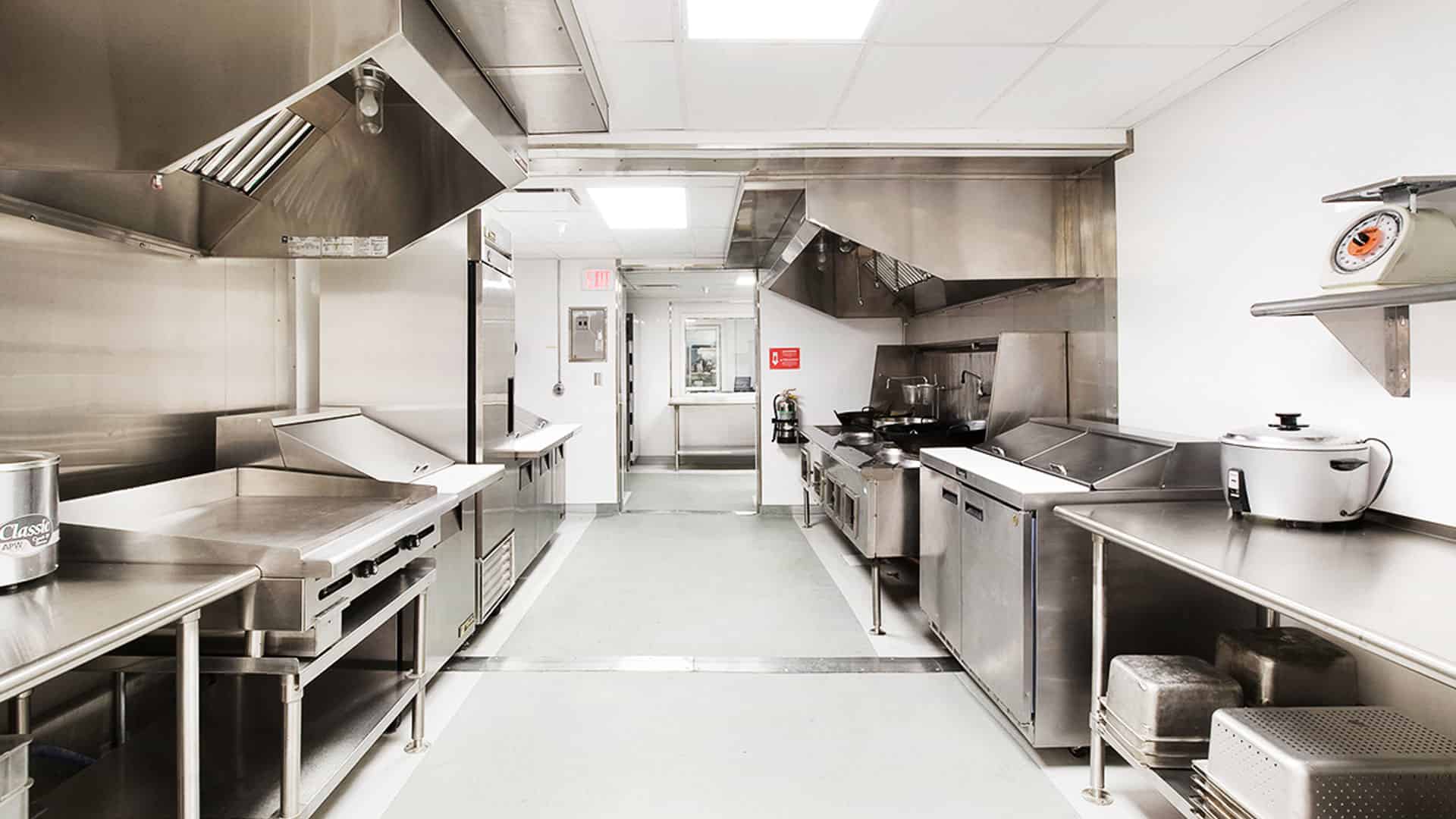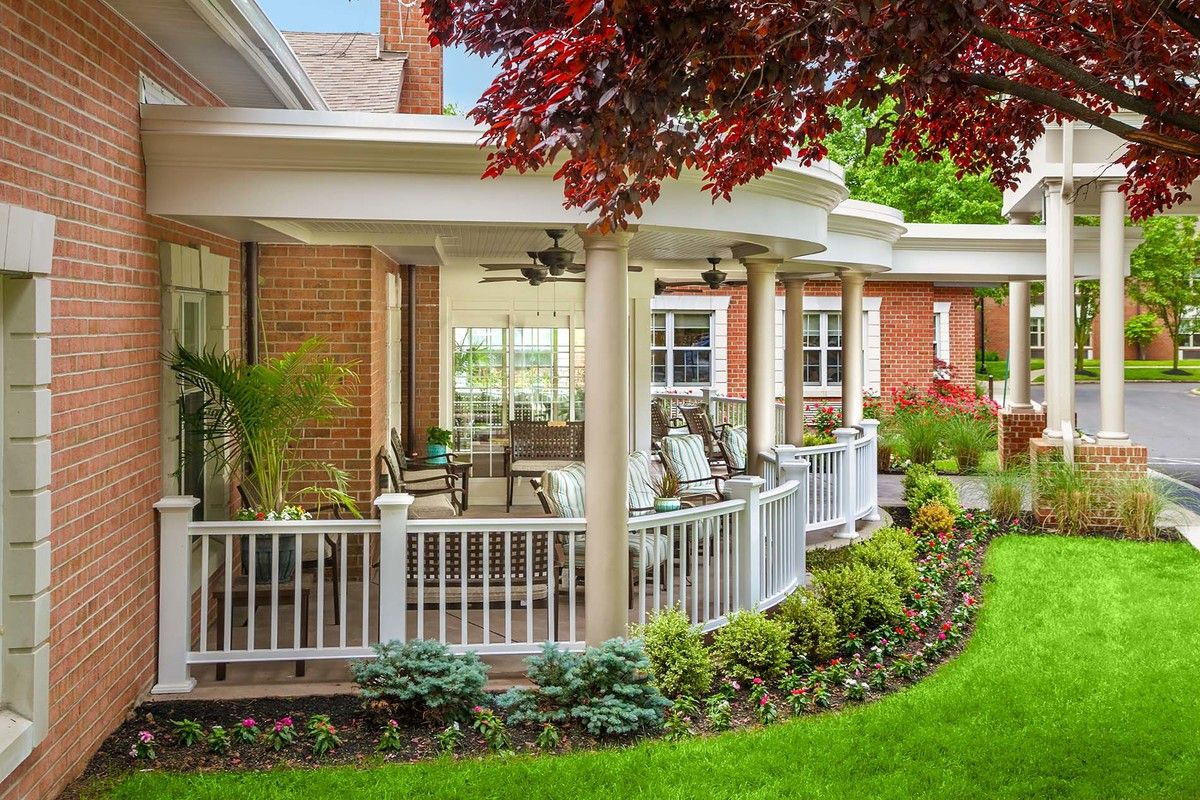When it comes to designing a commercial kitchen, functionality and efficiency are key. Not only does the design need to meet the specific needs of the business, but it should also be able to withstand the demands of a high-volume, fast-paced environment. With the rising concerns of environmental sustainability, it is also important to consider ways to reduce energy consumption and waste in the kitchen. In this article, we will explore the top 10 ideas for creating a sustainable and efficient commercial kitchen design.Commercial Kitchen Design: Top Ideas to Create a Sustainable and Efficient Space
Incorporating natural light in your commercial kitchen design not only reduces the need for artificial lighting, but it also creates a more inviting and comfortable space for employees. Consider installing skylights or large windows in the kitchen area to allow for natural sunlight to enter. This can also help reduce energy consumption and costs in the long run.1. Utilize Natural Light
When designing a commercial kitchen, it is important to choose energy-efficient equipment. This not only helps reduce energy consumption but also saves on operational costs. Look for appliances with Energy Star ratings and consider using induction cooktops instead of gas or electric ones.2. Invest in Energy-Efficient Equipment
The layout of a commercial kitchen is crucial in ensuring efficient workflow and minimizing wasted movement. Consider the different areas of the kitchen, such as the cooking, cleaning, and storage areas, and plan the layout accordingly. This will help reduce the time and effort needed to move between different tasks, improving overall efficiency.3. Optimize the Layout
Using sustainable and eco-friendly materials in your commercial kitchen design can have a positive impact on the environment. Consider using recycled materials for countertops and flooring, as well as low-VOC paints and sealants. These materials not only help reduce waste, but they also create a healthier and safer environment for employees.4. Incorporate Green Materials
Proper ventilation is crucial in a commercial kitchen as it helps remove excess heat, grease, and odors from the space. This not only ensures a comfortable working environment but also helps maintain air quality and reduces fire hazards. Consider investing in a high-quality exhaust system that is suitable for the size of your kitchen.5. Implement Proper Ventilation
Water is a valuable resource, and in a commercial kitchen, it is essential to use it wisely. Consider installing water-efficient fixtures, such as low-flow faucets and pre-rinse spray valves, to reduce water consumption. This will not only help save on water costs but also contribute to a more sustainable kitchen design.6. Install Water-Efficient Fixtures
A clean and well-maintained kitchen is not only important for food safety but also for the longevity of the space. When designing your commercial kitchen, consider using materials and finishes that are easy to clean and maintain. This will not only save time and effort but also ensure a hygienic environment for food preparation.7. Design for Easy Cleaning and Maintenance
In a small commercial kitchen, it may be necessary to utilize multi-functional spaces to maximize efficiency. For example, a prep area can also serve as a plating area, or a storage area can also function as a workspace. This helps reduce the need for excess equipment and space, ultimately contributing to a more sustainable design.8. Consider Multi-Functional Spaces
Waste management is an important aspect of a sustainable commercial kitchen design. Consider implementing recycling and composting programs to reduce waste sent to landfills. You can also consider using biodegradable and compostable materials in your kitchen, such as disposable utensils and packaging.9. Incorporate Sustainable Waste Management
Maximizing Efficiency with a Commercial Warming Kitchen Design

The Importance of a Well-Designed Commercial Kitchen
 In any food service establishment, the kitchen is the heart of the operation. It is where meals are prepared, cooked, and plated for customers. Therefore, a well-designed commercial kitchen is crucial for the success of any restaurant, hotel, or catering business. One aspect that is often overlooked in kitchen design is the
commercial warming kitchen
. This space is specifically dedicated to keeping food hot and ready to serve, ensuring that customers receive their meals at the perfect temperature. In this article, we will discuss the importance of incorporating a commercial warming kitchen into your overall kitchen design and how it can benefit your business.
In any food service establishment, the kitchen is the heart of the operation. It is where meals are prepared, cooked, and plated for customers. Therefore, a well-designed commercial kitchen is crucial for the success of any restaurant, hotel, or catering business. One aspect that is often overlooked in kitchen design is the
commercial warming kitchen
. This space is specifically dedicated to keeping food hot and ready to serve, ensuring that customers receive their meals at the perfect temperature. In this article, we will discuss the importance of incorporating a commercial warming kitchen into your overall kitchen design and how it can benefit your business.
Efficient Use of Space
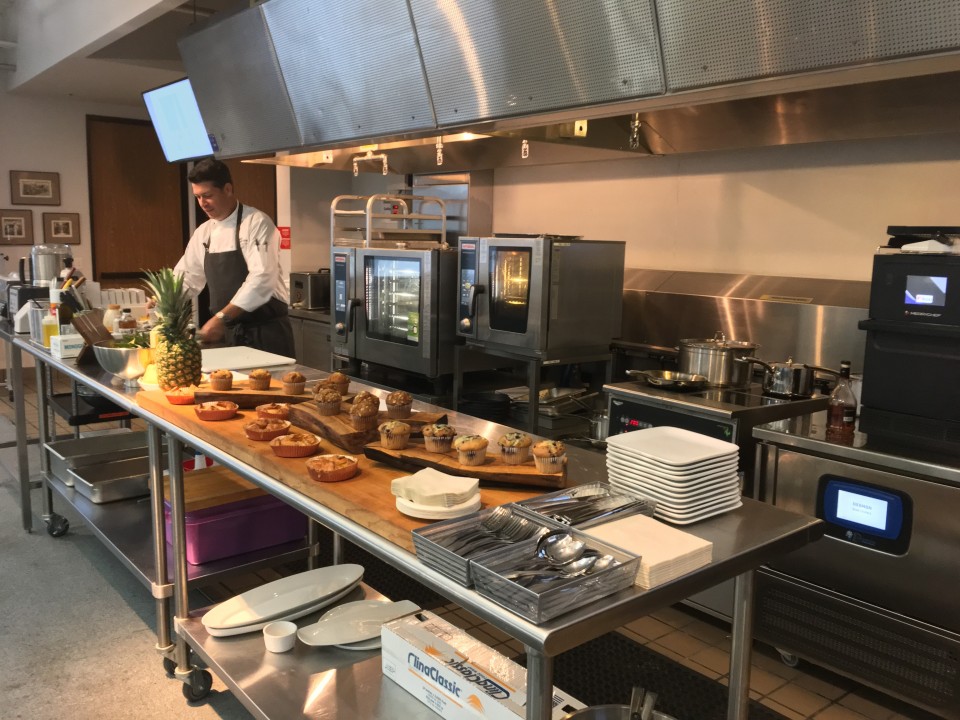 One of the main advantages of a commercial warming kitchen is its ability to optimize space in a restaurant kitchen. With the growing popularity of open kitchen concepts, where customers can see their meals being prepared, it is essential to have a designated area for keeping food warm. This not only creates a more organized and efficient workflow but also helps to maintain food safety standards. By having a dedicated space for keeping food hot, it reduces the risk of cross-contamination and ensures that food is served at the right temperature.
One of the main advantages of a commercial warming kitchen is its ability to optimize space in a restaurant kitchen. With the growing popularity of open kitchen concepts, where customers can see their meals being prepared, it is essential to have a designated area for keeping food warm. This not only creates a more organized and efficient workflow but also helps to maintain food safety standards. By having a dedicated space for keeping food hot, it reduces the risk of cross-contamination and ensures that food is served at the right temperature.
Versatility in Menu Offerings
 A commercial warming kitchen also allows for more versatility in menu offerings. With the ability to keep food hot and ready to serve, chefs can expand their menu options to include dishes that require longer cooking times. This opens up opportunities for new and creative menu items, giving customers more options to choose from. Additionally, a commercial warming kitchen also allows for faster service, as it eliminates the need for chefs to constantly reheat dishes or wait for them to cook to order.
A commercial warming kitchen also allows for more versatility in menu offerings. With the ability to keep food hot and ready to serve, chefs can expand their menu options to include dishes that require longer cooking times. This opens up opportunities for new and creative menu items, giving customers more options to choose from. Additionally, a commercial warming kitchen also allows for faster service, as it eliminates the need for chefs to constantly reheat dishes or wait for them to cook to order.
Cost Savings
 Having a commercial warming kitchen can also lead to cost savings for businesses. By keeping food hot and ready to serve, it reduces the need for chefs to reheat dishes, which can lead to food waste. This not only saves on food costs but also saves on energy costs, as there is no need to constantly use ovens or stovetops to reheat dishes. Additionally, with faster service and more efficient use of space, businesses can save on labor costs as well.
In conclusion, a well-designed commercial kitchen must include a designated space for keeping food hot and ready to serve. A commercial warming kitchen not only optimizes space and increases efficiency but also allows for more versatility in menu offerings and can lead to cost savings for businesses. Consider incorporating a commercial warming kitchen into your kitchen design to provide a better dining experience for your customers and improve the overall operations of your food service establishment.
Having a commercial warming kitchen can also lead to cost savings for businesses. By keeping food hot and ready to serve, it reduces the need for chefs to reheat dishes, which can lead to food waste. This not only saves on food costs but also saves on energy costs, as there is no need to constantly use ovens or stovetops to reheat dishes. Additionally, with faster service and more efficient use of space, businesses can save on labor costs as well.
In conclusion, a well-designed commercial kitchen must include a designated space for keeping food hot and ready to serve. A commercial warming kitchen not only optimizes space and increases efficiency but also allows for more versatility in menu offerings and can lead to cost savings for businesses. Consider incorporating a commercial warming kitchen into your kitchen design to provide a better dining experience for your customers and improve the overall operations of your food service establishment.



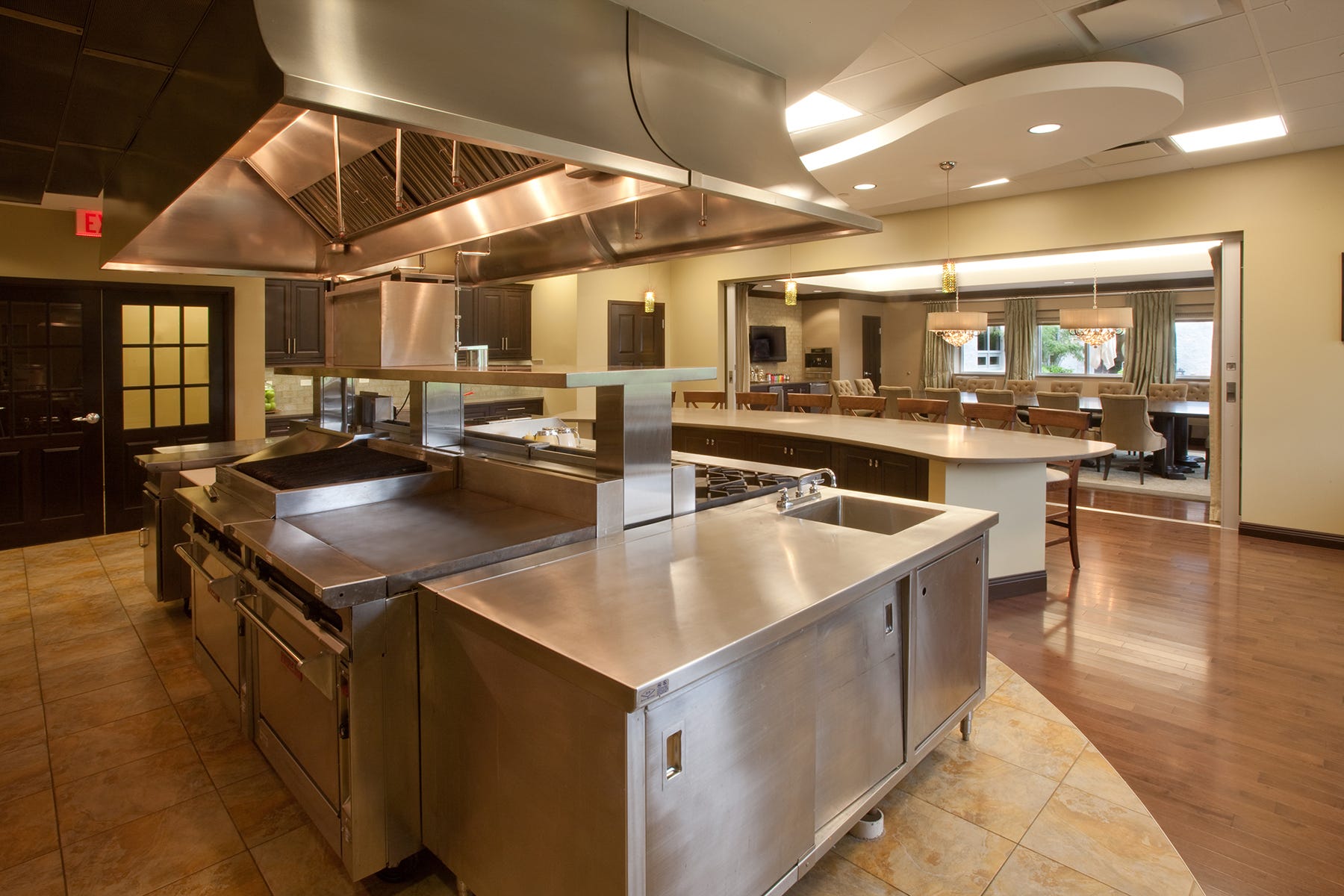
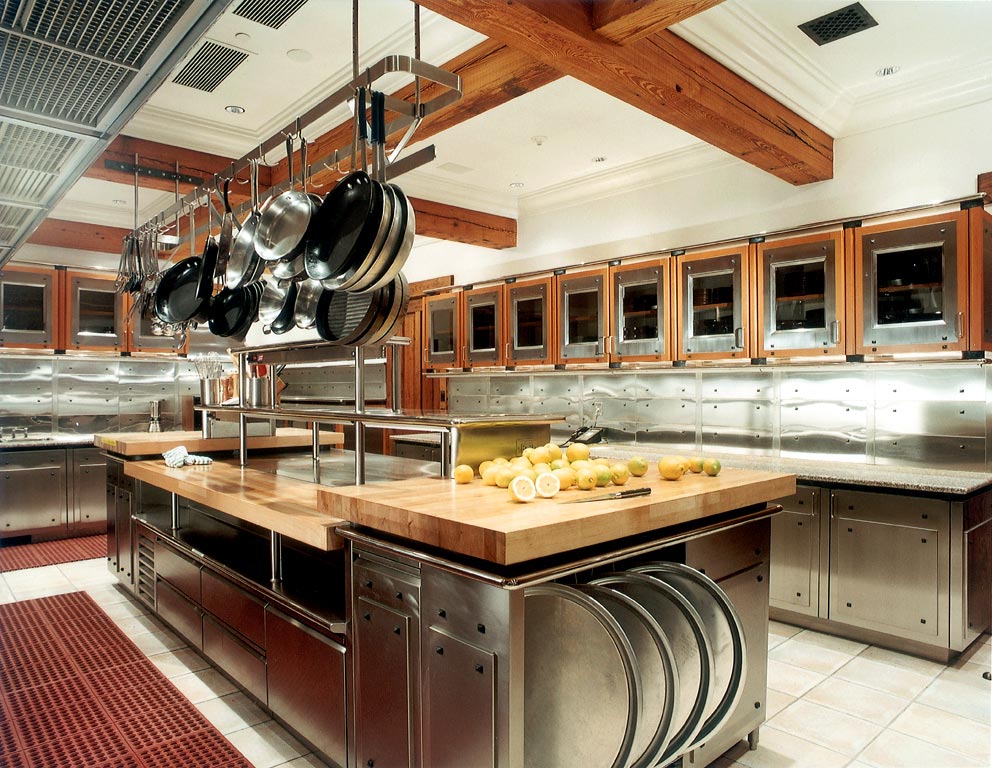




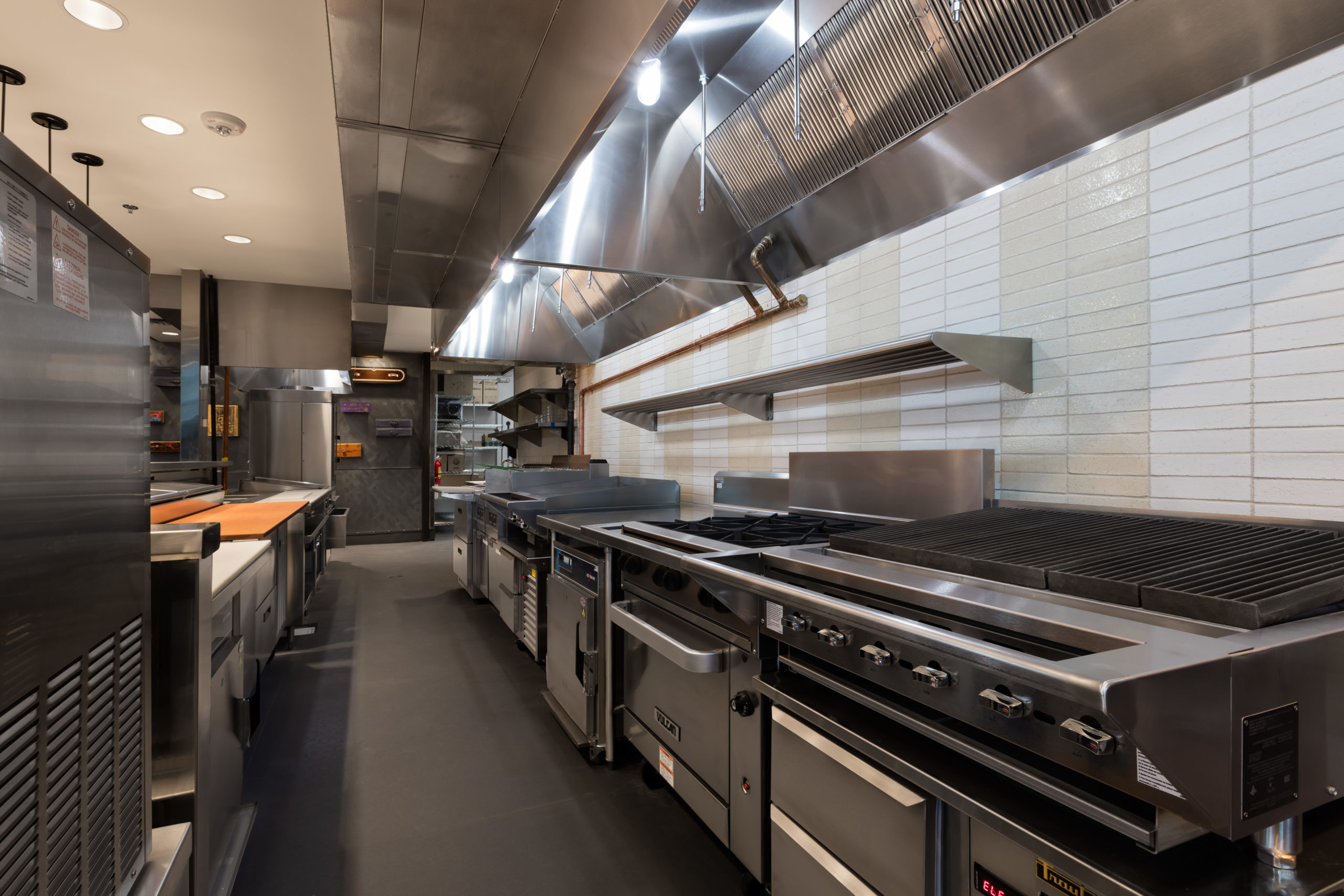
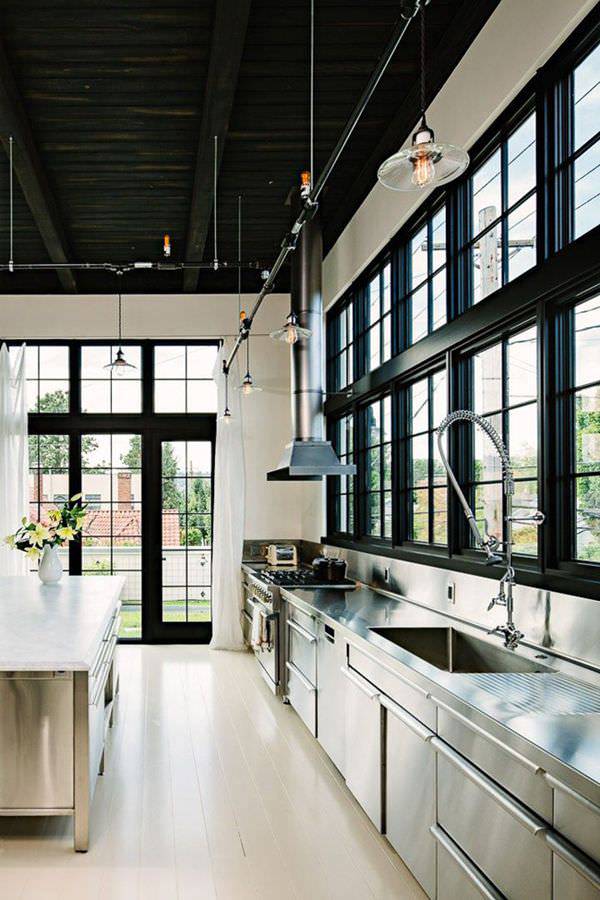



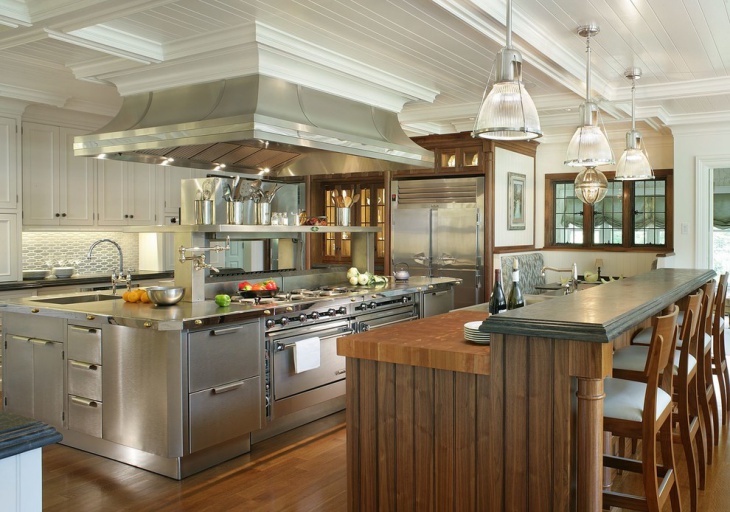
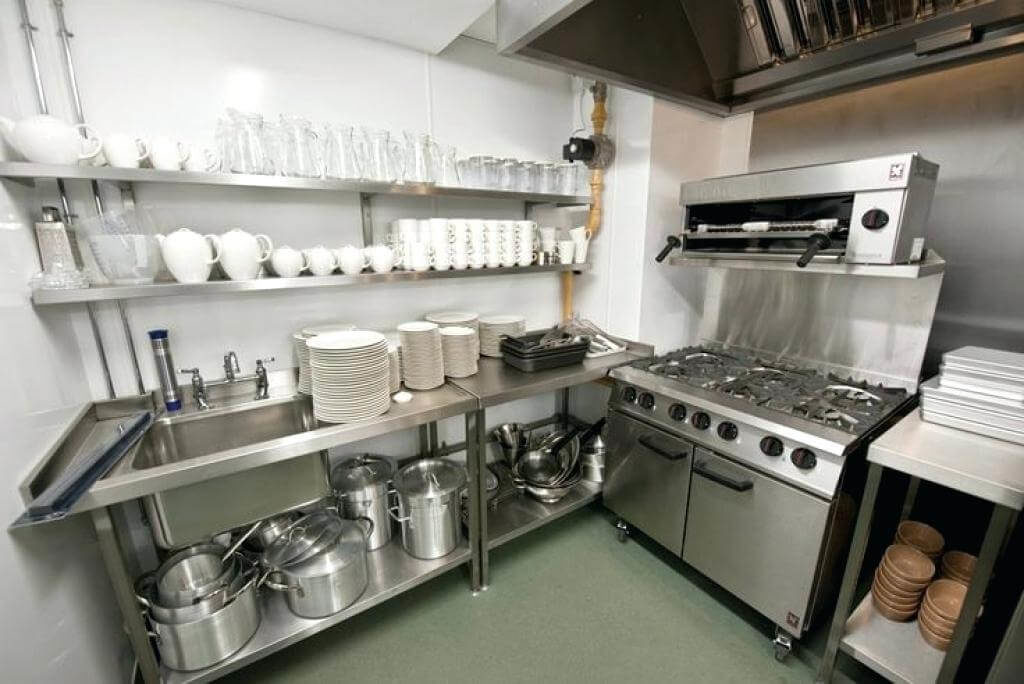




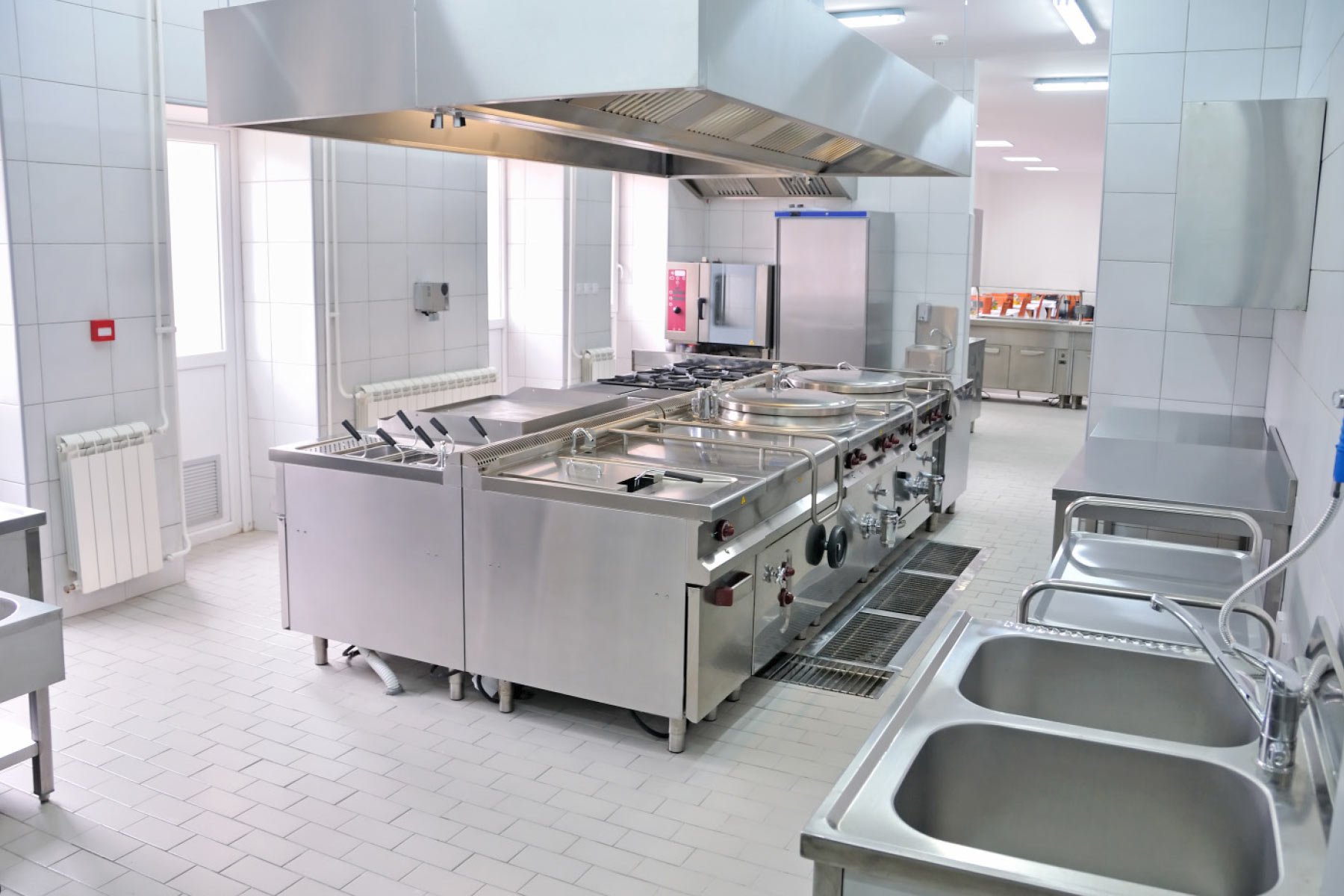

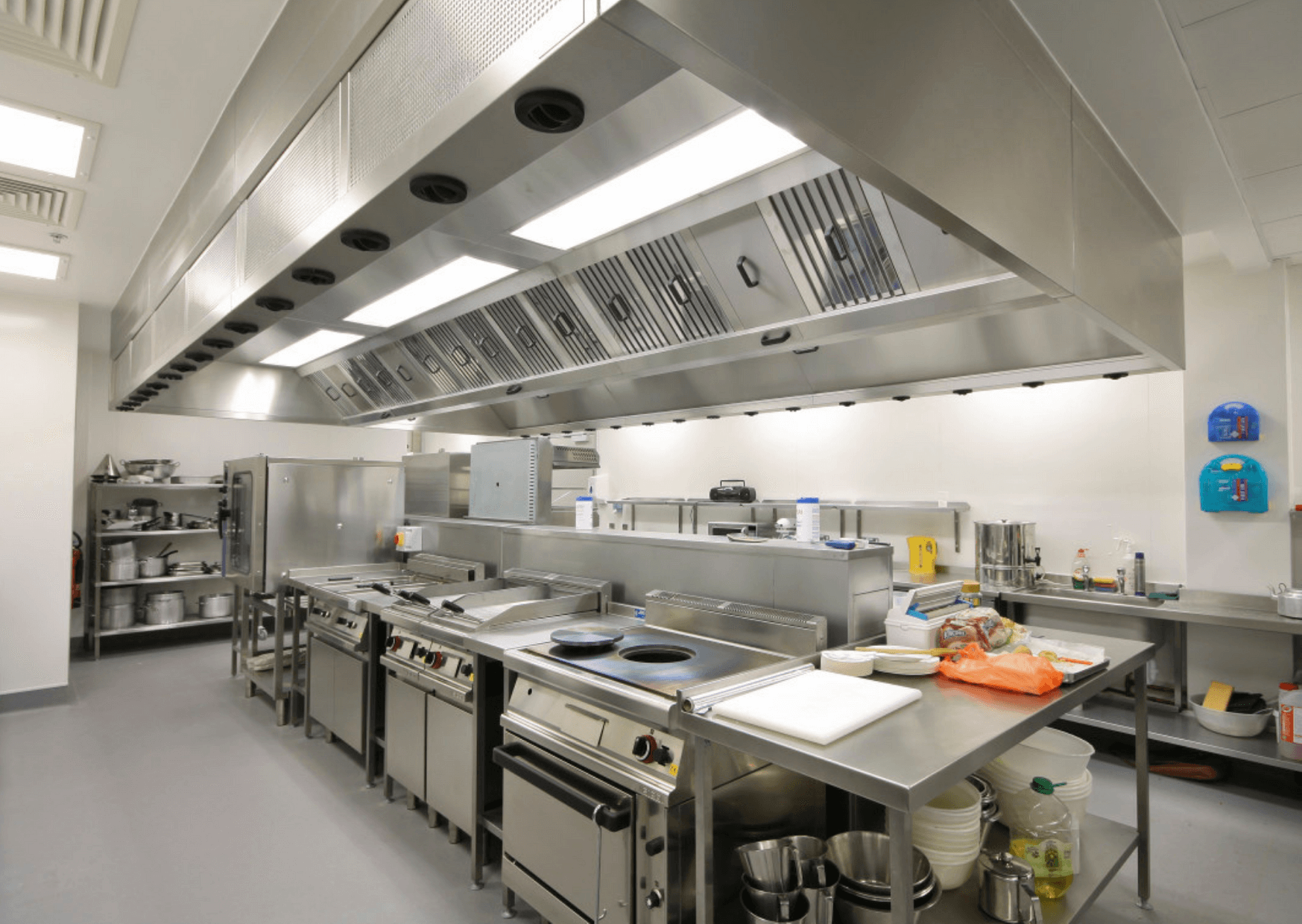




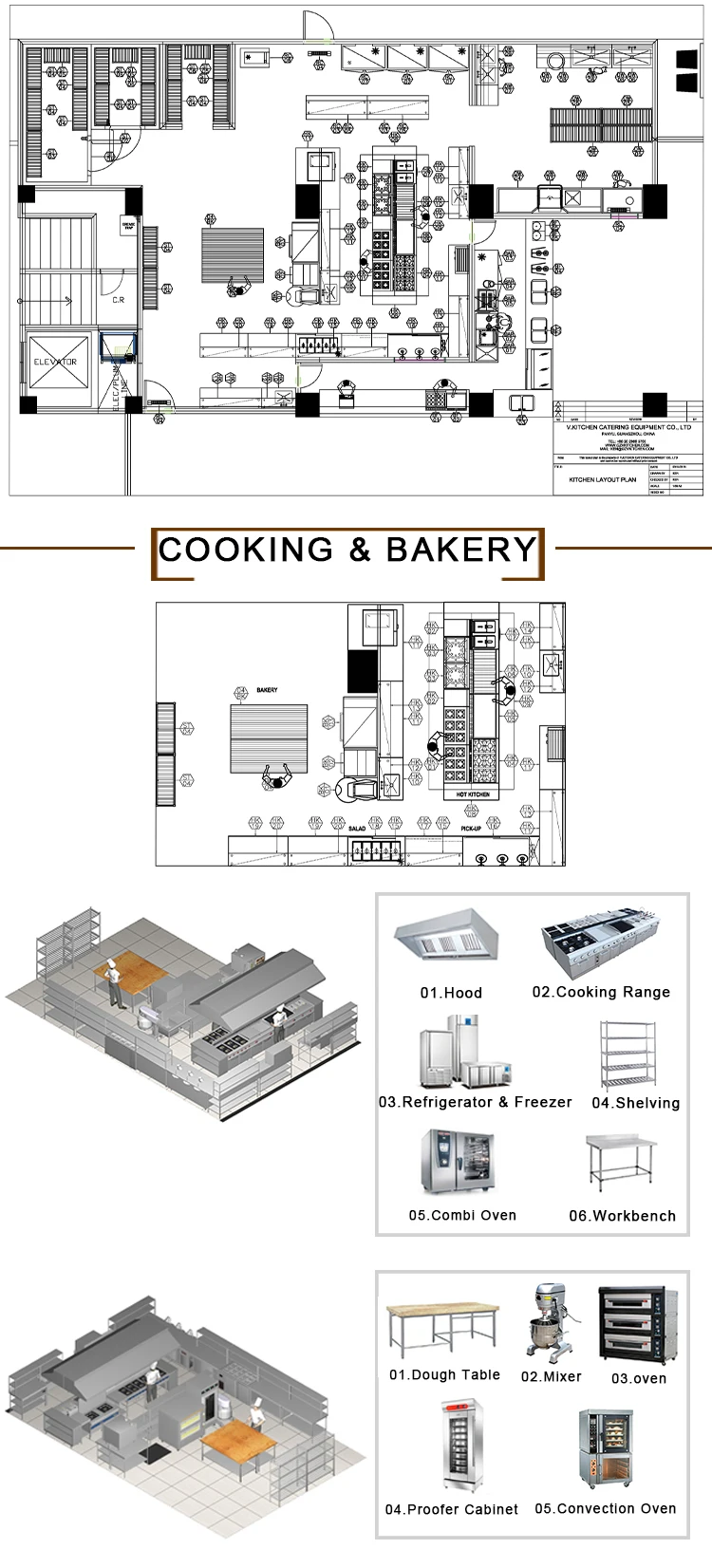
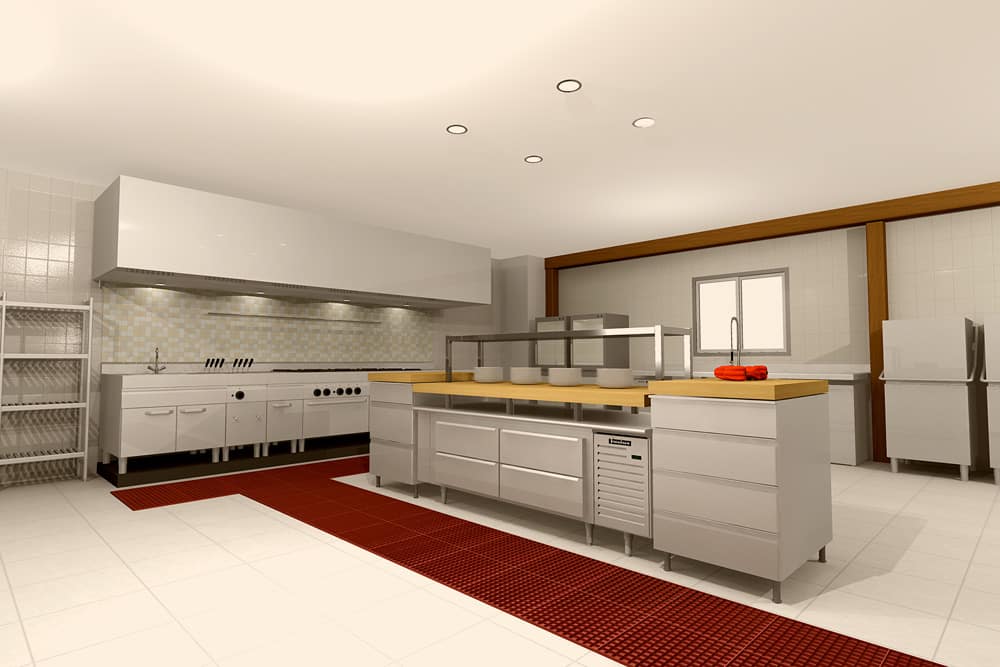






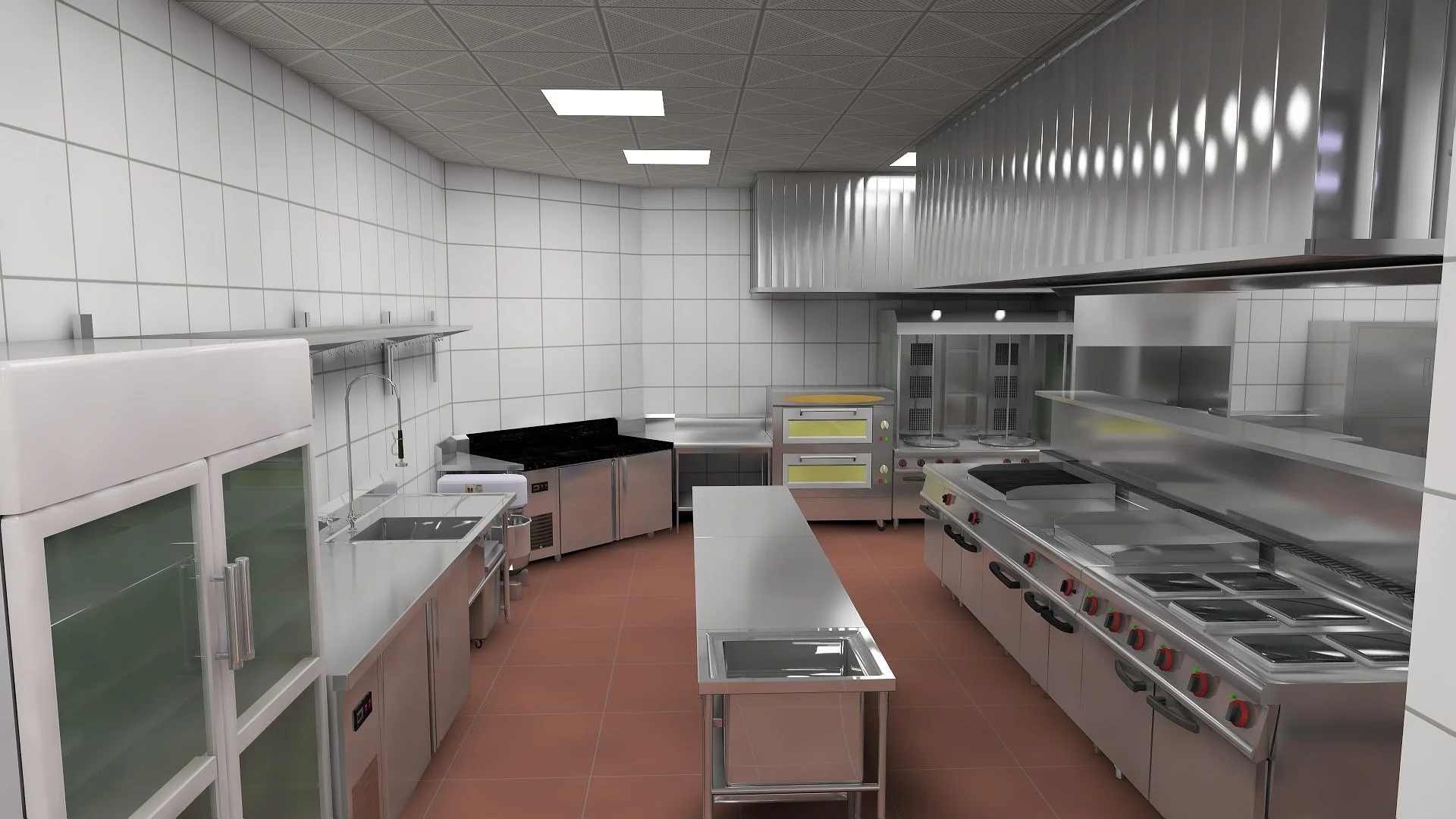



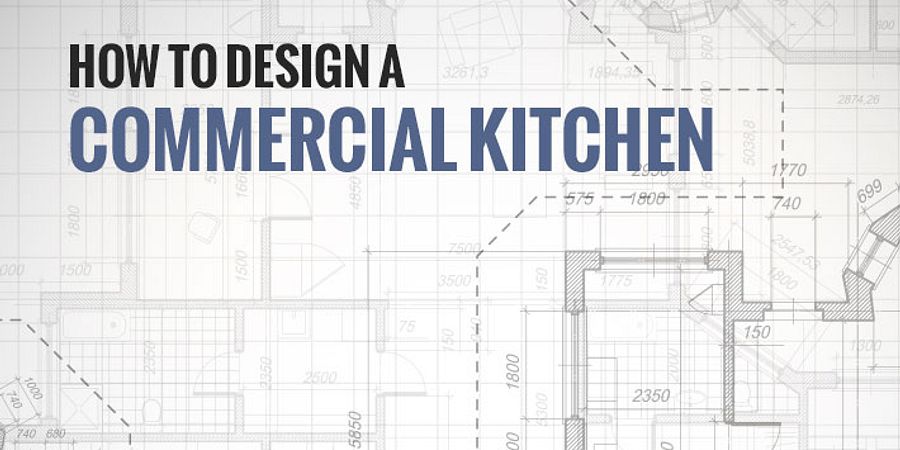






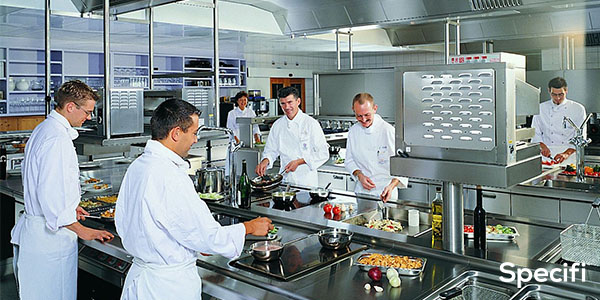
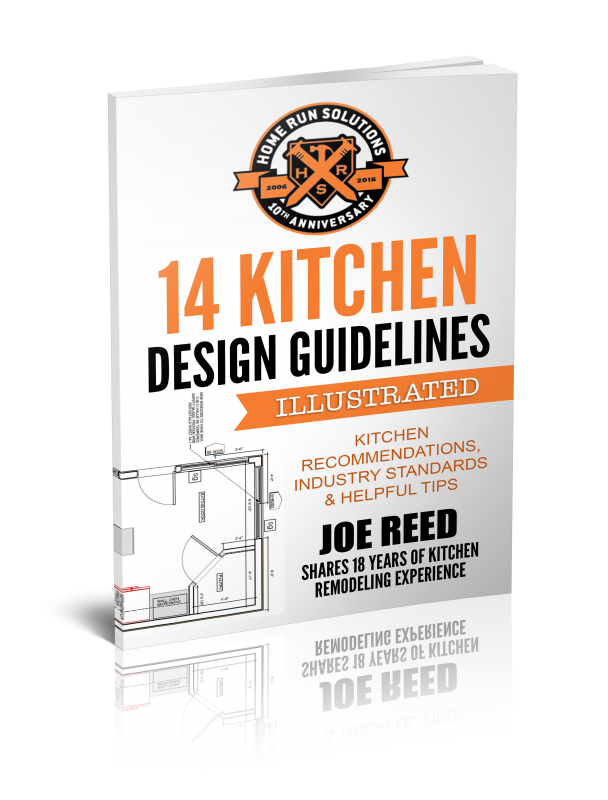


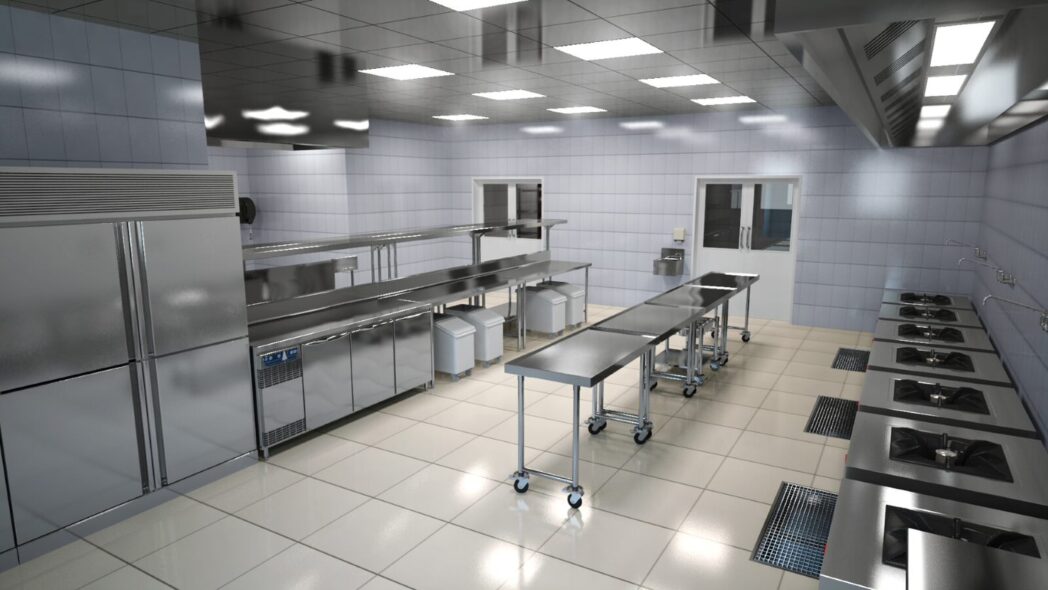






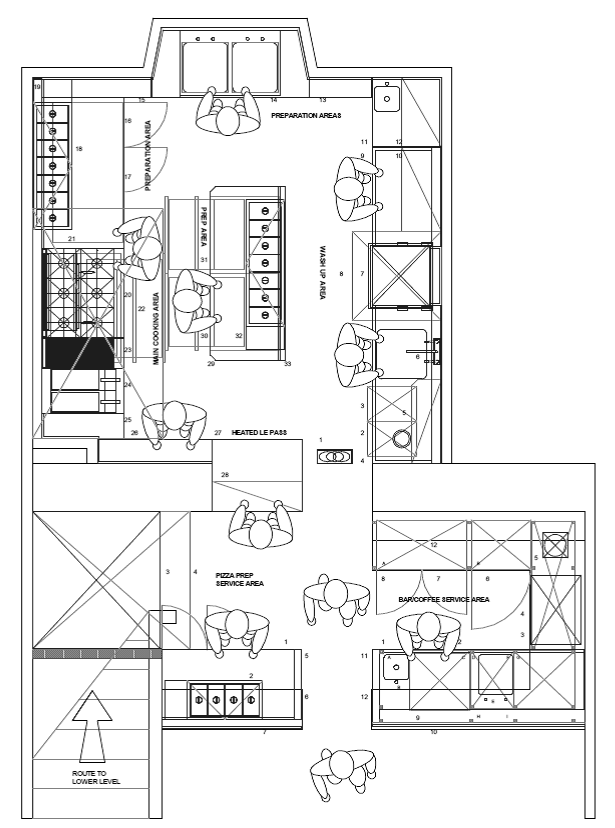
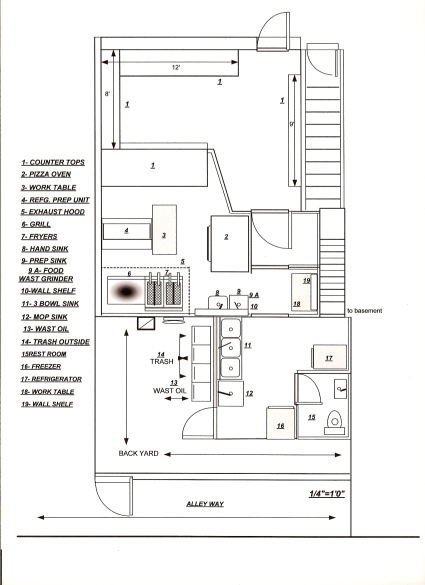


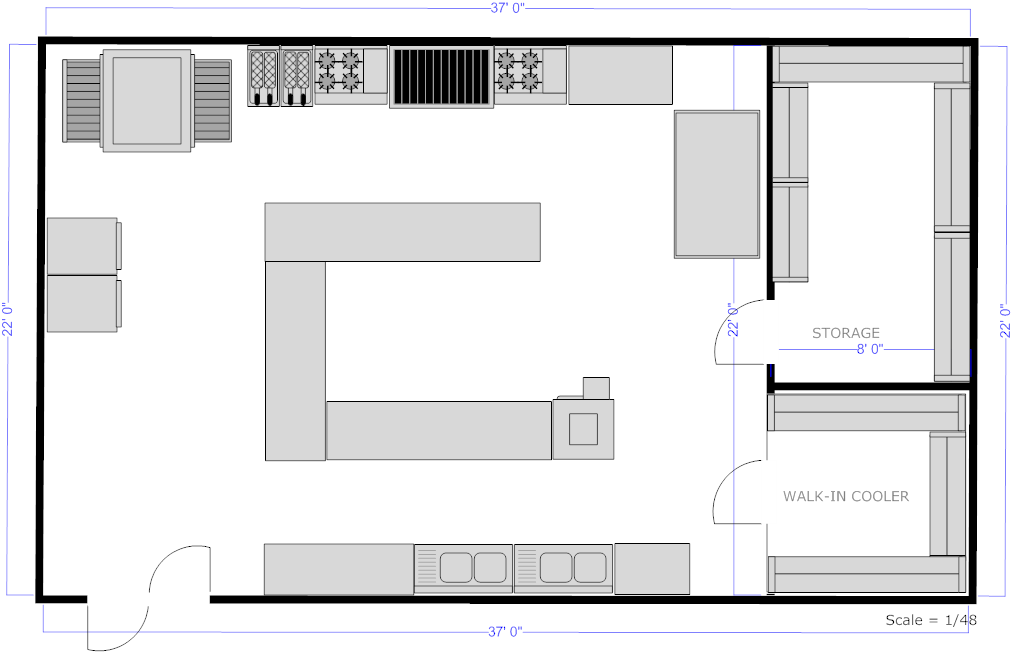



.png)



